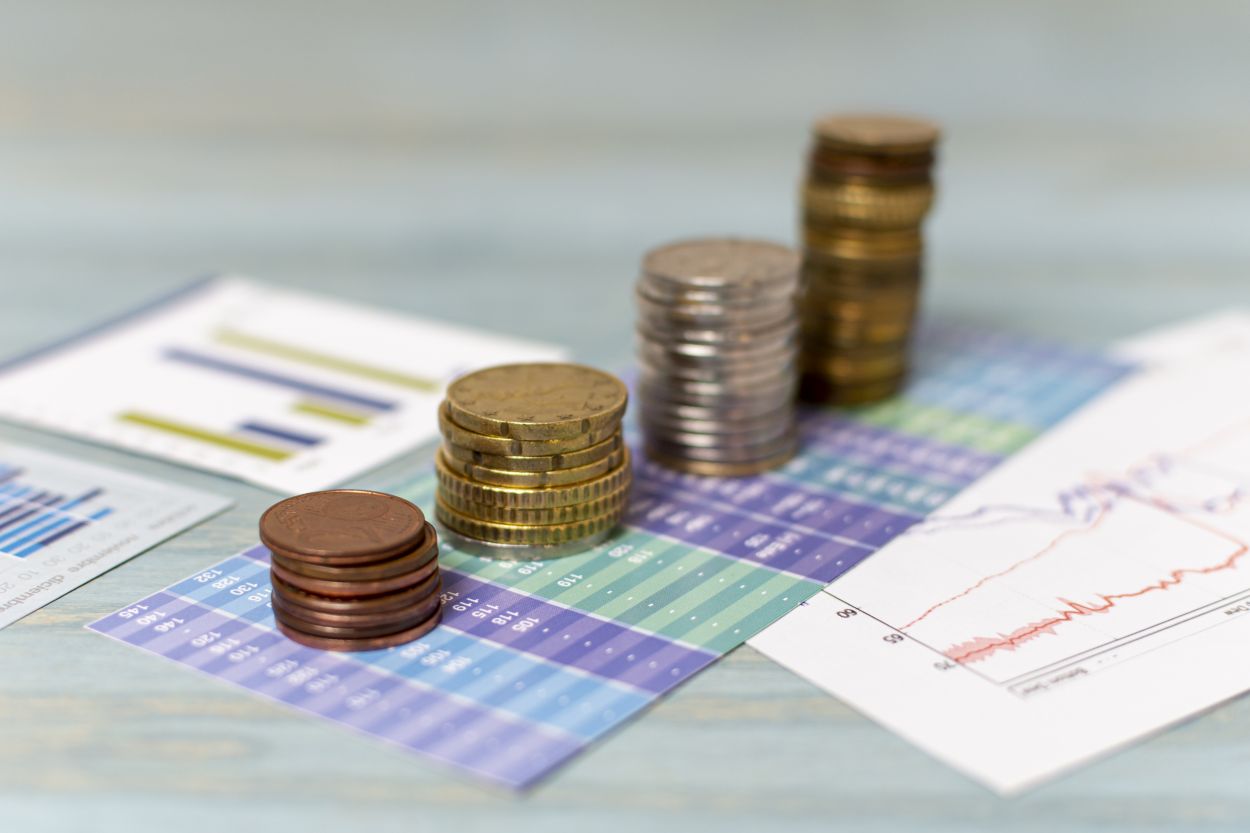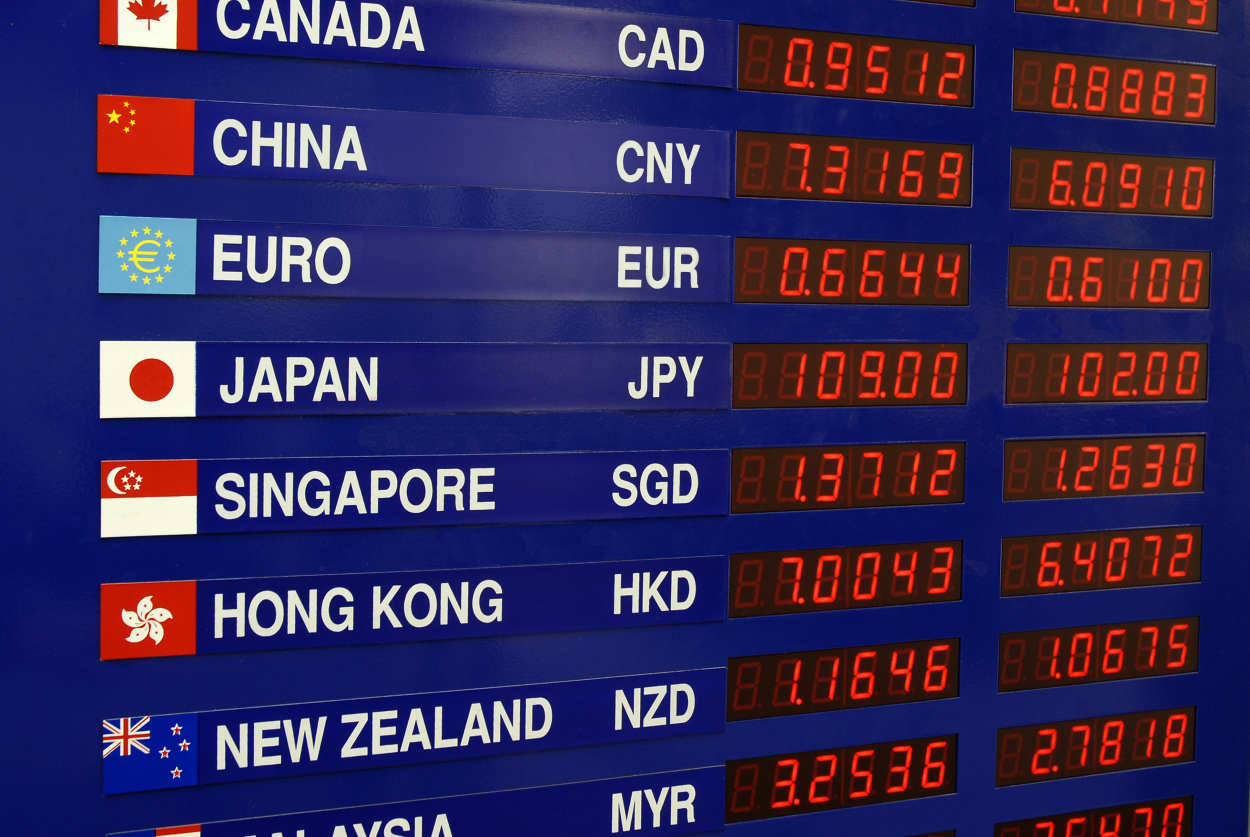I suspect we’ll continue to see a lot of volatility, but frankly it’s hard to bet against the euro right now, it’s rallied so hard and everyone is convinced the Fed will eventually pull back. EUR/USD finally broke above the 1.08 level in Thursday’s trading session as US CPI came in as expected. Also, members of the Federal Reserve say they may be thinking about raising interest rates by 25 basis points in February, so that made everyone dance for joy. Currently, the Euro seems to be on track for 1.10 and short-term pullbacks are more likely to attract attention than not. Advertisement SEE FOR YOURSELF WHY EUR/USD IS THE MOST TRADABLE PAIR TRADE EUR/USD NOW image In this environment, it is worth paying attention to the 1.07 level, which should now provide some floor and is probably worth it. noting that the euro has been in an uptrend for some time, but now we have another fundamental reason to go long, at least for traders. So I think you have a situation where the market probably expects much higher euro rates and that makes sense given that so many experts have been calling for a stronger euro, although I don’t know how long that could be. the last one. In the meantime, however, it is clear that it is going higher and it is no longer useful to fight it. Volatility Before The 1.10 level is an area I would pay close attention to, mainly because there is a lot of structural resistance, and we’ve seen interest in it in the past because it’s a big, round, psychologically important number. If you break this figure from above, it would probably be from Euro competitions to competitions and much, much higher. I suspect we will continue to see a lot of volatility, but frankly, it’s hard to bet against the euro right now, it’s so strong and everyone is convinced the Fed will eventually lock in. . If they do, it will send the last sellers out of the market and send the euro much higher because they have finally given in to the demands of the traders, which has been their modus operandi for the last 1 years, so you can’t blame the traders. ’ thinking. that they will give up and start easing monetary policy again when push comes to shove.
EUR/USD Forecast: Breaks Out after CPI Number




